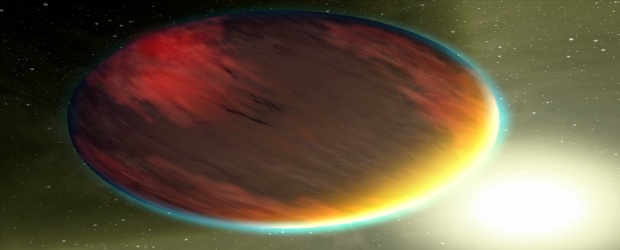Recently, I was asked to help around a group that was designing a settlement on the moon. As I worked with them, I found the work increasingly absorbing and I soon started researching some questions that sprang up from my though process, not necessarily related to the designing.
In this series of blogs, I have presented some of the proposals I gave to solve the group's problems, as well as the extra diverse questions and ideas that popped up in my mind. The purpose of this activity to document how ideas evolve and how they can be synthesized to develop technology. The other main reason is to open the ideas for debate, so that we all can learn more and develop troubleshooting skills!
Planet formation, as we all know (and don't know), is chaotic. It is like a lorenz Attractor constructable in computational astrophysics labs. When I was working on my astronomy project at Harvard this summer, I realized that there was a way to zoom into this complex, utterly random phenomenon to get a glimpse of the precise conditions of the proto-planetary disk as it evolved into the 'solar system'.
So what is that 'way' anyway?
Alan Guth’s Inflation Theory is a pioneering work. Hitherto, cosmologists had only defined what the big bang actually was without addressing the reasons for the event. Before, the inflation theory, there were several loopholes in the big bang model. In fact, some even contradicted the theory of relativity. Further the basic cosmological principles of homogeneity and isotropy also went unexplained.
The Theory of Inflation solved many of these conundrums.
Inflation is the phase our universe passed through immediately after the big bang. In it, it expanded rapidly leading to a flat and homogeneous universe as we know it today. The inflation phase last for a short while (10-32s) and then the universe continued to expand leisurely.
Black holes have been a research concentration for a number of years now. Advanced telescopes like Chandra X-ray Observatory and the Swift Gamma Ray Burst Telescope make it easier to observe the effects of black holes on their local neighborhood. Black holes have intrigued me for a number of years now as the physics involved can help us understand behavior of singularities and behavior of matter in extreme situations. Also, study of black holes may expose the source of the large amount of energy given out by quasars.
The particular point that I find interesting is the detection of these exotic objects. So far, extensive models on the workings of black holes are only based on the effect they have on the surroundings.
 Kindling Space Awareness In Pakistan
Kindling Space Awareness In Pakistan Moon Settlement Design Blog Series: On Settlement Structure and Operations
Moon Settlement Design Blog Series: On Settlement Structure and Operations Moon Settlement Design Blog Series: Calculating Protective Glass Thickness
Moon Settlement Design Blog Series: Calculating Protective Glass Thickness Moon Settlement Design Blog Series: Quantum Computers
Moon Settlement Design Blog Series: Quantum Computers






